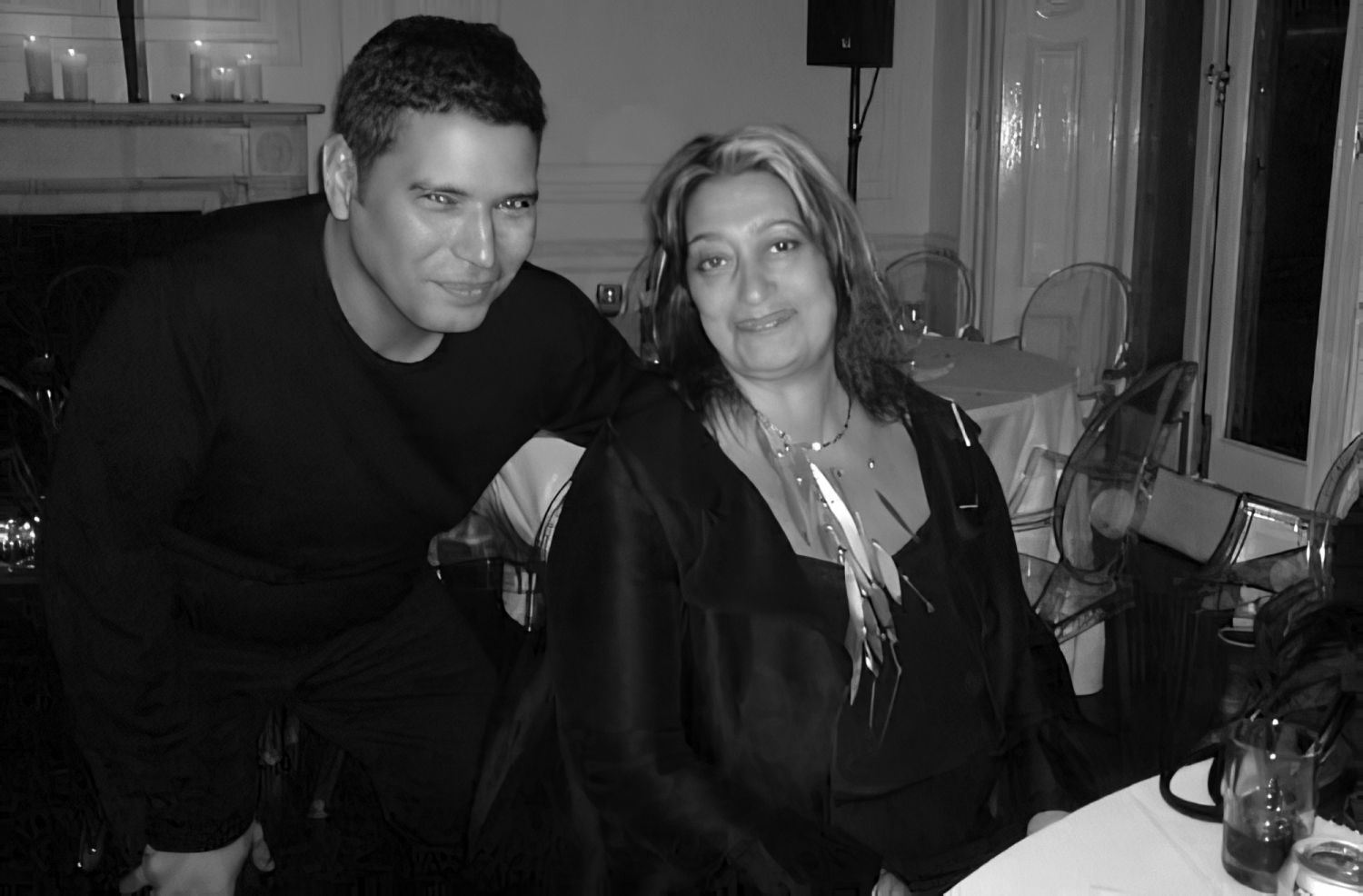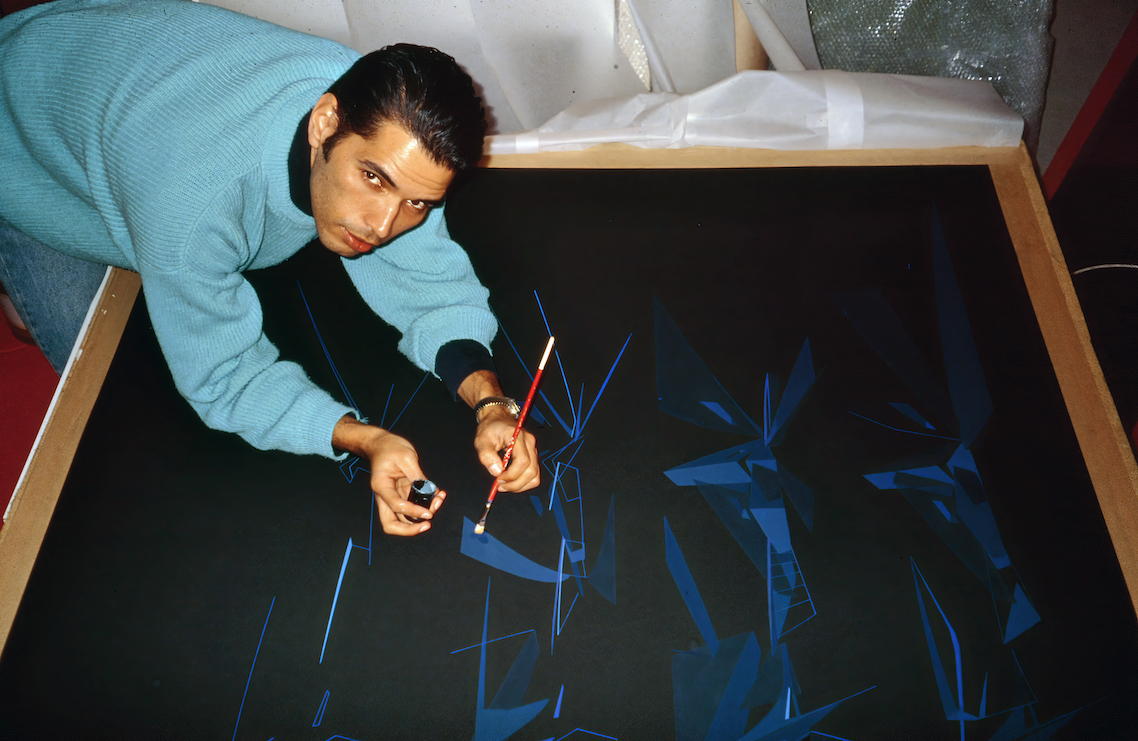Interdisciplinary artist Antonio De Campos designed and executed works of art for Zaha Hadid right up to just before she passed away. Tatler Homes interviews the Brazilian born artist about how his mesmerising work contributed to the Zaha Hadid canon
Much has been written about the late Dame Zaha Hadid but perhaps not many know about the multi-disciplinary artist Antonio de Campos and how his work contributed to her oeuvre. The Brazil-born Campos was a creative consultant and direct collaborator to architect Zaha Hadid right up to just before she passed away and was instrumental in creating architectural images for Hadid.
In the 1980s, before Hadid's first project made it from plan to piling, she became known for architectural images. These images were a combination of layers of detail and distortions of the projects, and the results were wondrously intricately charged and confusing architectural images. Alongside the buildings and design objects, these images formed a separate area of the architect’s oeuvre.
Don't miss: Malaysian Architect Serina Hijjas Discusses Legacy And Sustainability
As technology changed the ways in which complex buildings could be represented, elements of architecture and film were able to merge and became the new hallmark of Zaha Hadid’s architectural representations after the turn of the millennium. This is where Antonio de Campos came in, as the artist consultant who created a significant number of the large format images in the 2006 exhibition at the Guggenheim Museum, for example.
Campos' work is now the subject of an ongoing exhibition at DAM Ostend (Deutsches Architekturmuseum). Comprising complex collages of prints, foils, and spray techniques, the works were created as preliminary works and intermediate stages for objects that were then used by Zaha Hadid Architects.
Tatler Homes speaks to the artist about what it was like collaborating with an architectural icon.

Tell us a bit about your background and how it led you to this career.
Architecture drawings and models have always been a passion since my childhood. However, I wasn’t really interested in building anything real. My fascination was with the process. I guess I’ve always been keen on understanding creativity itself.
Back in the day, when I had to choose what to study, I decided on architecture as I couldn’t find anything else that fulfilled my interests. In parallel, I took film classes as it offers the possibility to deconstruct and recreate the real, transforming people into characters and studios into very different spaces. To me, architecture and filmmaking were quite the opposite in terms of their creative processes… at least that’s what I thought back then.
Don't miss: Modern Feng Shui: 7 Design Tips From Architect and TikTok Star Cliff Tan
How did you come to work with Zaha Hadid?
Back in the late ’80s. A Malaysian friend Kim Lee Chai introduced me to Zaha. He used to be her pupil, and as he is a fantastic cook, Zaha asked him to prepare a Malaysian dinner for a couple of guests coming to her house and told him to bring a friend along. I was his guest friend that night. The next day, I started working for her.
What did your work with Hadid entail and what was the work process like?
Her creative practice became very different from what she did in the '80s and '90s, and it was the beginning of working digitally. I then decided to use some aspects of the digital drawings, by interviewing all her architects and trying to understand what their vision for each and every project was, then I would take some of these observations to my studio and create the paintings, which later were presented to Zaha for her approval. There was a lot of trust involved as it could all be cancelled by her in the end.



